
© Inria / Photo C. Morel
The setting up of the Bernoulli laboratory allows to catalyze digital medicine by capitalizing on the alliance :
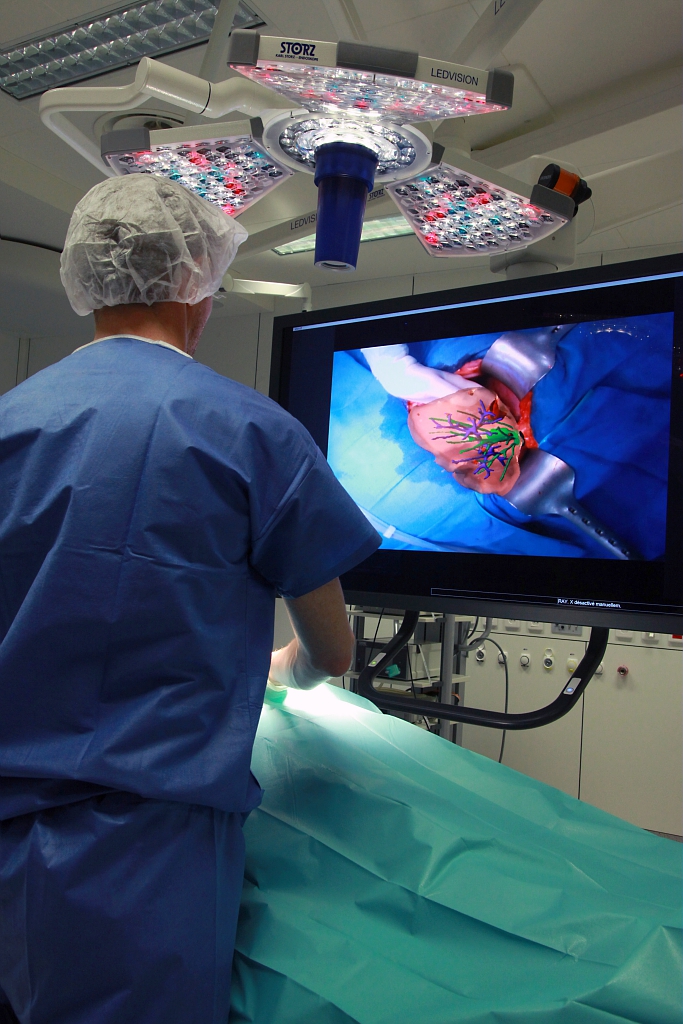
© Inria / Photo F. Nussbaumer - Signatures
The clinical and scientific skills of the AP-HP, Europe's leading university hospital centre, internationally recognised, with 8.3 million patients treated per year, 700 departments and more than 20,000 beds. AP-HP offers a privileged environment for research and the development of innovations with 5 University Hospital Institutes (IHU), 21 University Hospital Federations (FHU), 1 Clinical Trials Department (DEC) of the AGEPS, 17 Clinical Investigation Centres (CIC), 4 Clinical Research Centres (CRC), 12 Biological Resource Centres (CRB)
The expertise of the researchers and engineers at Inria, the French national institute for research in digital science and technology. World-class research, technological innovation and entrepreneurial risk are its DNA. Inria has more than 3,500 researchers and engineers working in 200 project teams, most of which are shared with major research universities, and has 9 research centres spread throughout France.
Around the exploitation of AP-HP data, of which the Health Data Warehouse (EDS_APHP) is the keystone and one of the largest health databases in the world, with the varied data collected in the AP-HP hospital setting, from more than 11 million patients and updated daily. The EDS, in addition to the statistical interest of its data, also offers a governance and data access framework validated by the CNIL (Commission on Information Technology and Liberties).
Bernoulli Lab’s activities are also aimed at developing new tools, such as algorithms, open-source libraries, software, etc., that can facilitate daily clinical practice or medical research for the benefit of all patients.
Our organization
Under the scientific direction of Dominique Chapelle, Director of Research at Inria, the Daniel Bernoulli Laboratory is a structure supported by AP-HP and Inria, and is organized around :
-
- A core team, in charge of coordinating the laboratory's activities;
- A community of members, which brings together all the players directly involved in AP-HP - Inria collaborative projects;
- A panel of medical expert-referents designated by the AP-HP collegia that have been requested;
- A network, which includes all AP-HP and Inria staff likely to be interested or involved in a future collaboration, and more generally any person who declares an interest in the laboratory and wishes to be kept informed of its latest developments.
The panel of expert referents of the Bernoulli Lab is currently composed as follows:
- For anesthesia-intensive care: François Depret (Hôpital Saint-Louis), Hawa Keita-Meyer (Hôpital Necker)
- For cardiology: Franck Boccara (Hôpital Saint-Antoine), Jean-Guillaume Dillinger (Hôpital Lariboisière)
- For oncology: Luis Teixeira (Hôpital Saint-Louis)
- For radiology: Myriam Edjlali-Goujon (Hôpital Raymond Poincaré), Sébastien Mule (Hôpital Henri Mondor)
- For public health: Rémi Flicoteaux (Hôpital Saint-Louis), Antoine Neuraz (Hôpital Necker)
- For medical resuscitation: Antoine Vieillard-Baron (Ambroise Paré Hospital)
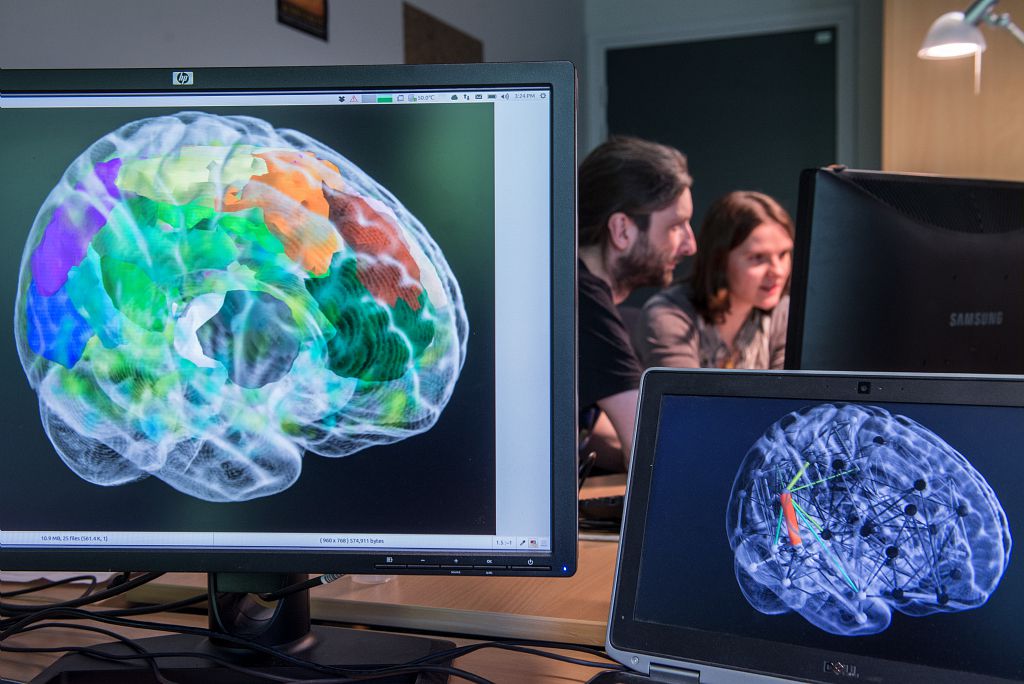
© Inria / Photo H. Raguet
Our team
Dominique Chapelle
Scientific Manager
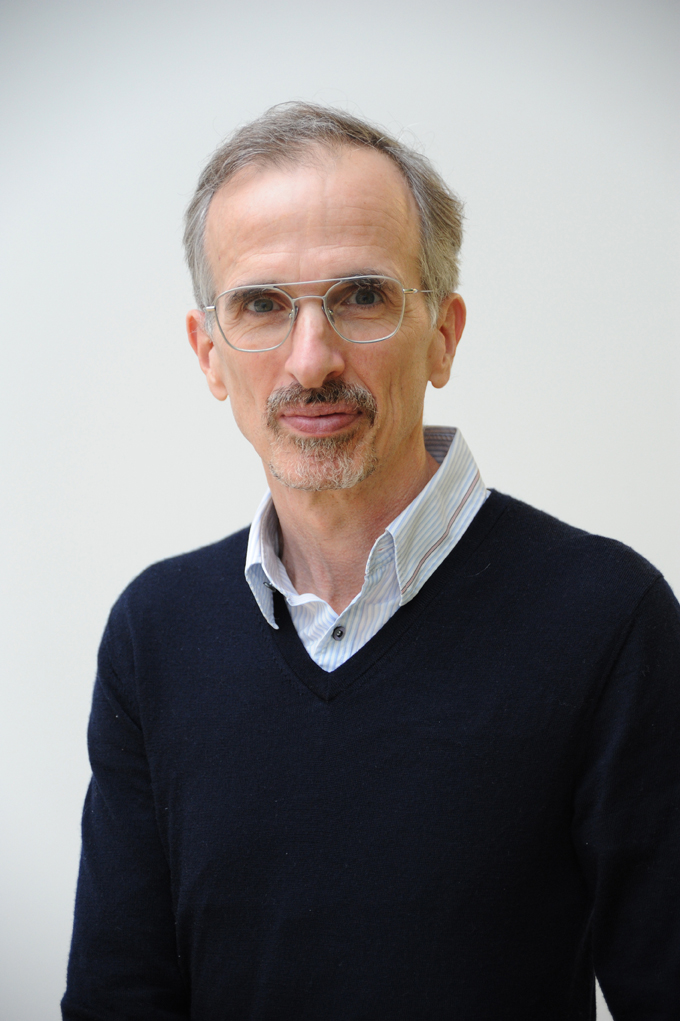
© Photo P. Bachelet
Pascaline Villié
Operations Manager
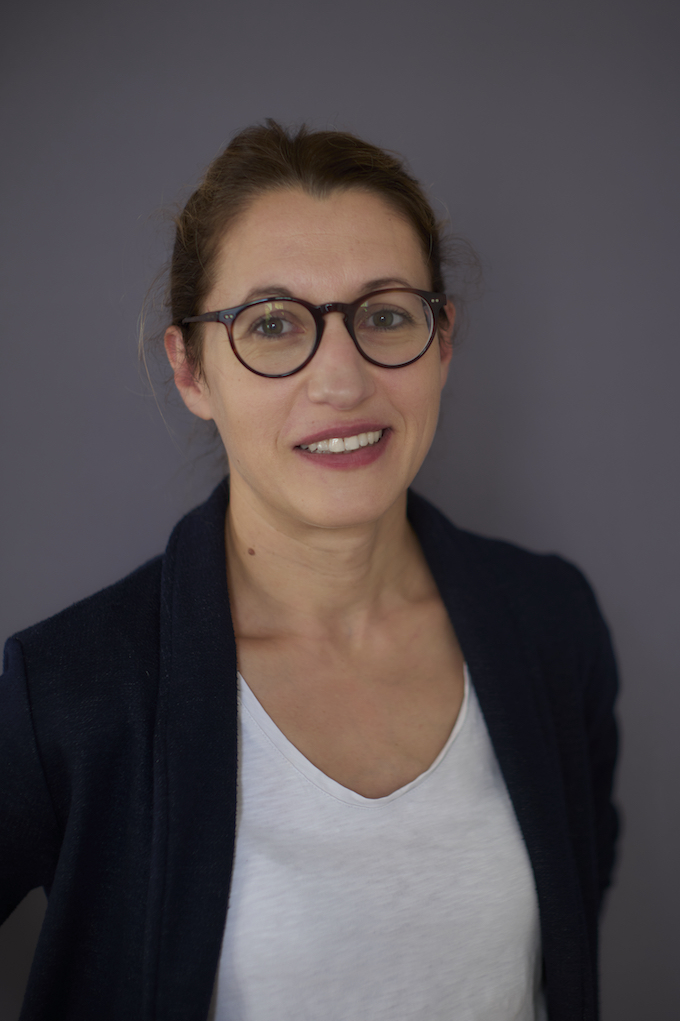
Quentin Rousseau
Operations Manager
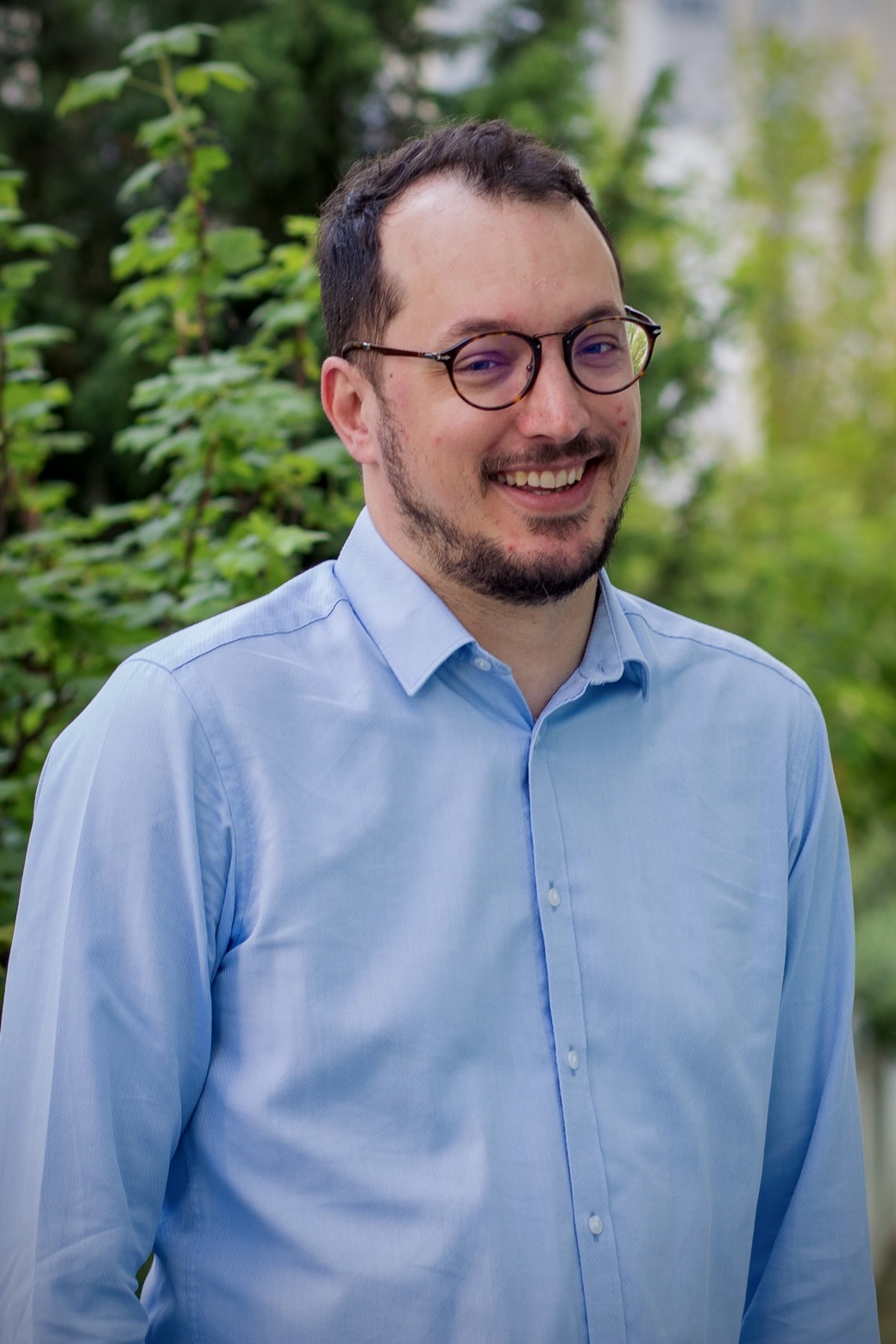
About Daniel Bernoulli
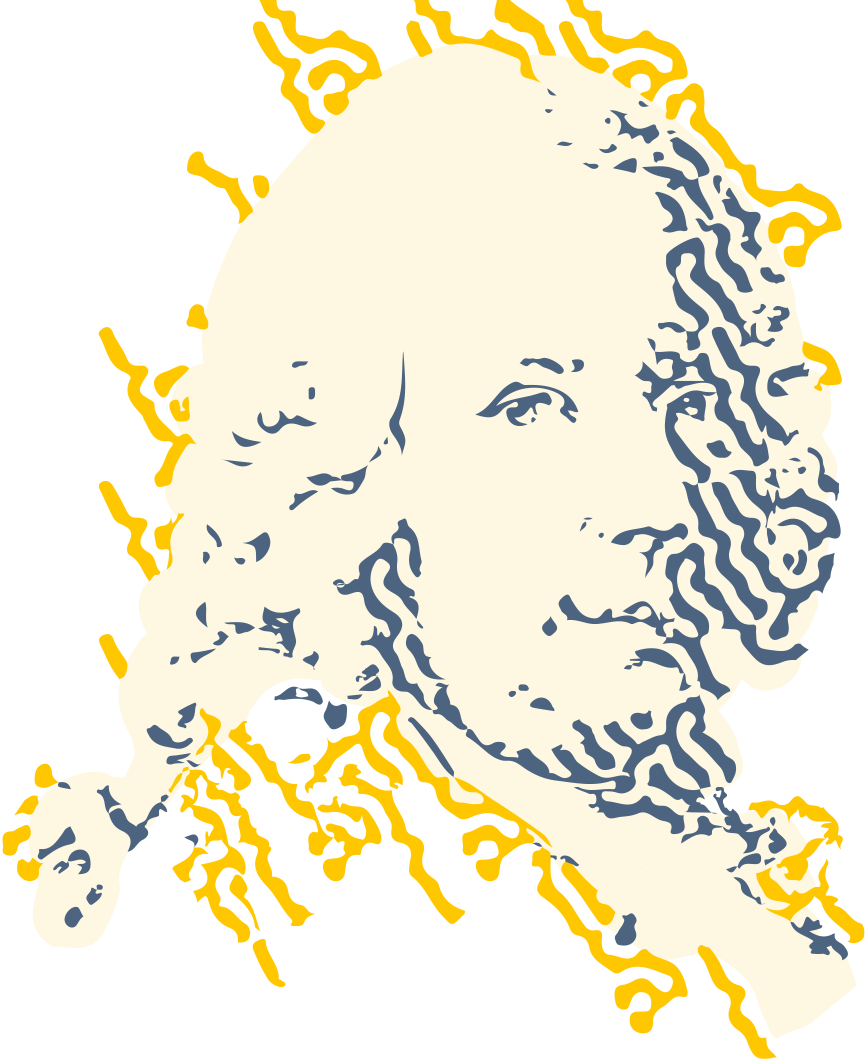
Daniel Bernoulli (1700-1782) was a Swiss physician, physicist and mathematician.
He is particularly famous for the fundamental theorem of fluid mechanics that bears his name: "Bernoulli's theorem", exposed in the reference work "Hydrodynamica" (1738).
He was also a pioneer in the contribution of mathematics to medicine: his "Essay of a new analysis of the mortality caused by smallpox, & of the advantages of inoculation to prevent it" (1), published in 1766, is probably the first mathematical model in epidemiology.
The problem he was trying to solve was that of smallpox inoculation as a measure to protect the population. Smallpox was indeed a major public health problem in Europe since its resurgence in the early 16th century. In Bernoulli's time, smallpox was responsible for about one-thirteenth of all deaths.
Daniel Bernoulli was ideally trained to study this problem. At the University of Basel, he taught anatomy, botany and physics. A contemporary and friend of Euler, he was also a professor of mathematics in Saint Petersburg. He received ten times the annual prize of the Academy of Sciences of Paris. For smallpox, his immensely original contribution was to propose a mathematical model to evaluate the effectiveness of inoculation. He demonstrated that in a systematically inoculated cohort, life expectancy would be 29 years and 7 months, compared to the then value of 26 years and 7 months, an average gain of 3 years!
US (1) Bernoulli, Daniel « Essai d’une nouvelle analyse de la mortalité causée par la petite vérole et des avantages de l’inoculation pour la prévenir » Mémoires de mathématiques et de physique, Académie royale des sciences, 1760, p.1- 45 Available on Gallica : http://gallica.bnf.fr/ark:/12148/bpt6k3558n/f220.image.r=daniel%20bernoulli
